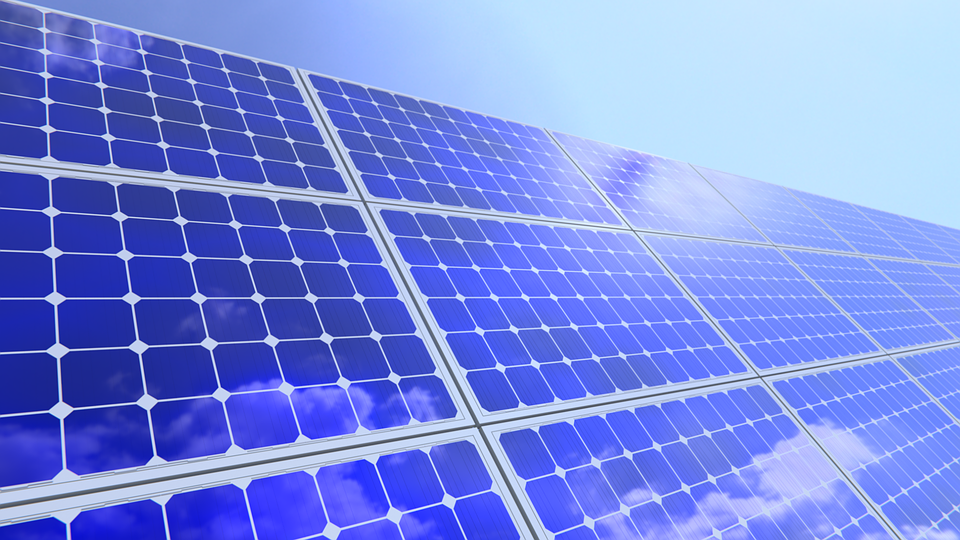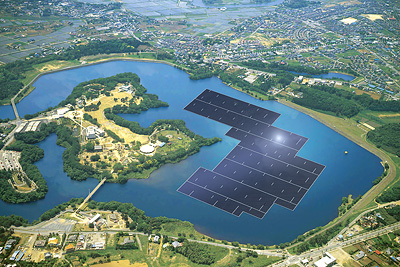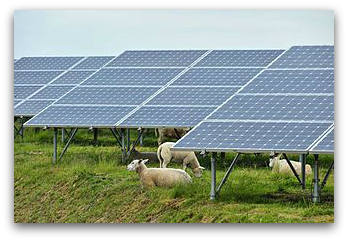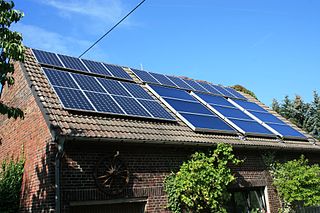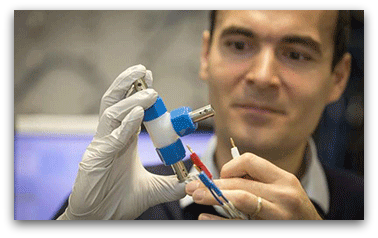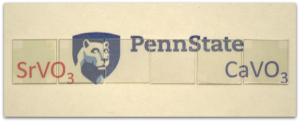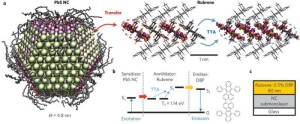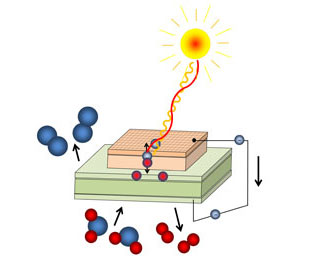
UV light can now be stored at much higher temperatures thanks to the development of a photo-electrochemical cell.
Image: Advanced Functional Materials
A new photo-electrochemical cell has been developed with the potential to chemically store the sun’s energy at high temperatures.
It’s a concept pulled directly from nature: plants absorb sunlight and store it chemically. While the concept is simple, replicating it on a large scale has proven quite difficult.
Current photovoltaic technology can convert sunlight to electricity, but as temperatures increase, the solar cell efficiency consequently decreases.
Storage at high temperatures
The new concept developed by scientists at Vienna University of Technology looks to overcome these issues. Through a combination of specialized new materials, researchers were able to combine high temperature photovoltaics with an electrochemical cell.
From that point, the sun’s rays can be directly used to pump oxygen ions through a solid oxide electrolyte and the UV light is subsequently stored chemically. This breakthrough allows for the system to work at higher temperatures than ever before.
Mirroring a concept from nature
“This would allow us to concentrate sunlight with mirrors and build large-scale plants with a high rate of efficiency,” said Georg Brunauer, lead author of the study. “Our cell consists of two different parts – a photoelectric part on top and an electrochemical part below. In the upper layer, ultraviolet light creates free charge carriers, just like in a standard solar cell.”
Researchers hope this could lead the splitting water and the production of hydrogen.
“We want to understand the origin of these effects by carrying out a few more experiments, and we hope that we will be able to improve our materials even further,” Brunauer said. “This goal is within reach, now that we have shown that the cell is working.”


